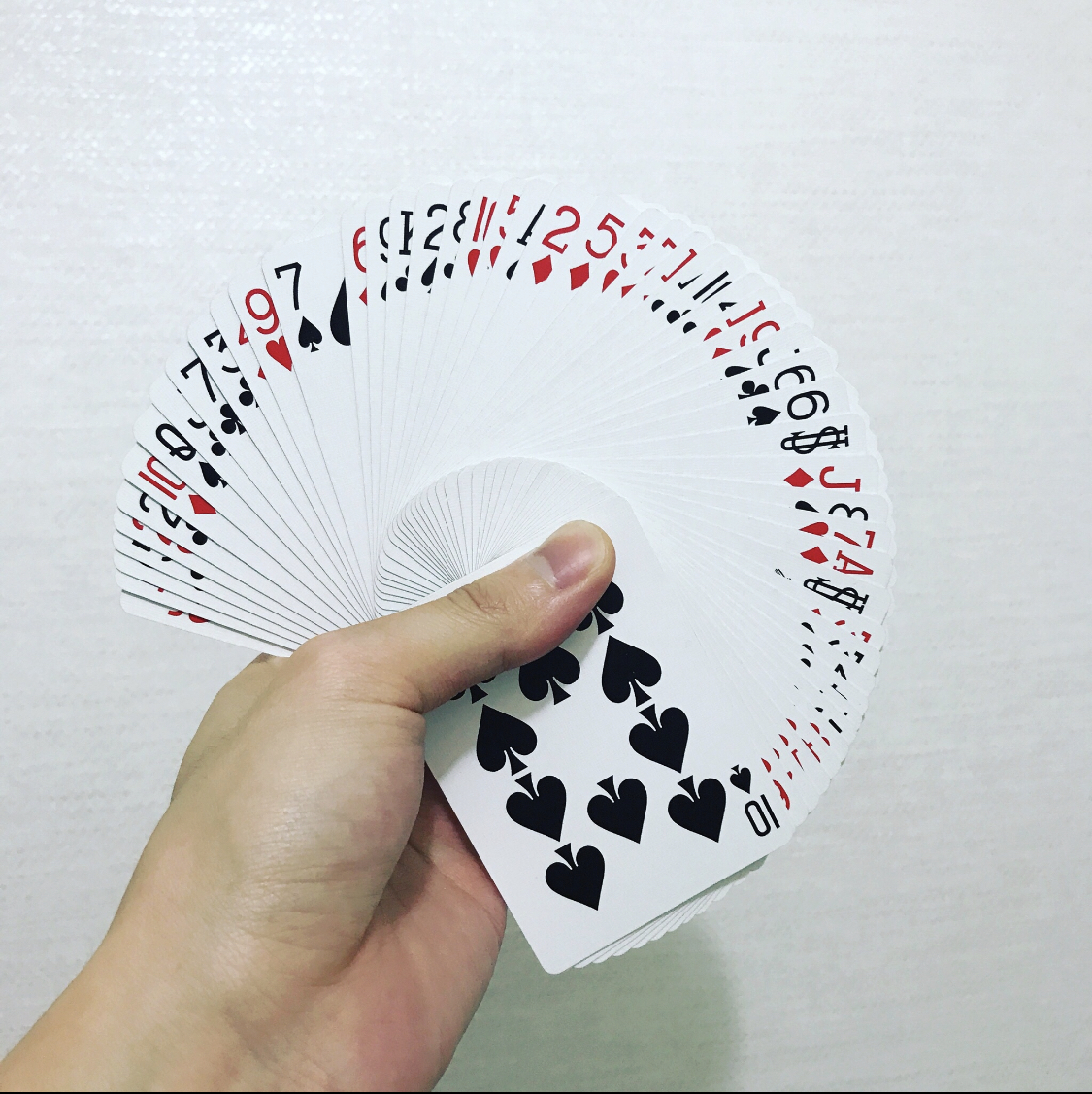[Elasticsearch] 한글을 분석하는 방법 - Nori 분석기
안녕하세요 마개입니다.
Elasticsearch에서 한글 형태소 분석기는 몇 가지가 있는데 그 중 하나인 Nori에 대해 알아봅니다.

Nori란
Nori (노리)는 한글 형태소 분석기 중 하나입니다. 프랑스 엔지니어인 Jim Ferenczi에 의해 처음 개발되었고 Elasticsearch 6.6 버전부터 공식적으로 개발해서 지원하기 시작했습니다. AWS의 ES에는 Nori or 은전한닢이 내장되어있다.
Nori는 은전한닢에서 사용하는 mecab-ko-dic 사전을 재 가공하여 사용하고 있습니다. 루씬의 기능으로 개발되었으며 루씬 소스에 반영되었습니다.
Nori 설치
Nori를 사용하기 위해서는 Elasticsearch에 analysis-nori 플러그인을 설치해야 합니다.
1
2
3
4
5
# nori 플러그인 설치
$ bin/elasticsearch-plugin install analysis-nori
# nori 플러그인 제거
$ bin/elasticsearch-plugin remove analysis-nori
nori_tokenizer
Nori는 nori_tokenizer 토크나이저와 nori_part_of_speech, nori_readingform 토큰 필터를 제공합니다.
먼저 standard와 nori_tokenizer를 비교해보겠습니다.
1
2
3
4
5
6
7
8
9
10
11
12
13
14
15
16
17
18
19
20
21
22
23
24
25
26
27
28
# Standard
GET _analyze
{
"tokenizer": "standard",
"text": [
"동해물과 백두산이"
]
}
# Standard 결과
{
"tokens" : [
{
"token" : "동해물과",
"start_offset" : 0,
"end_offset" : 4,
"type" : "<HANGUL>",
"position" : 0
},
{
"token" : "백두산이",
"start_offset" : 5,
"end_offset" : 9,
"type" : "<HANGUL>",
"position" : 1
}
]
}
위는 standard 토크나이저를 이용한 것인데 공백을 기준으로 분리하고 있습니다.
이번에는 nori_tokenizer 토크나이저를 이용해봅니다.
1
2
3
4
5
6
7
8
9
10
11
12
13
14
15
16
17
18
19
20
21
22
23
24
25
26
27
28
29
30
31
32
33
34
35
36
37
38
39
40
41
42
43
44
45
46
47
48
49
50
51
52
53
54
55
56
# Nori
GET _analyze
{
"tokenizer": "nori_tokenizer",
"text": [
"동해물과 백두산이"
]
}
# Nori 결과
{
"tokens" : [
{
"token" : "동해",
"start_offset" : 0,
"end_offset" : 2,
"type" : "word",
"position" : 0
},
{
"token" : "물",
"start_offset" : 2,
"end_offset" : 3,
"type" : "word",
"position" : 1
},
{
"token" : "과",
"start_offset" : 3,
"end_offset" : 4,
"type" : "word",
"position" : 2
},
{
"token" : "백두",
"start_offset" : 5,
"end_offset" : 7,
"type" : "word",
"position" : 3
},
{
"token" : "산",
"start_offset" : 7,
"end_offset" : 8,
"type" : "word",
"position" : 4
},
{
"token" : "이",
"start_offset" : 8,
"end_offset" : 9,
"type" : "word",
"position" : 5
}
]
}
그와 반면에 nori_tokenizer는 한국어 사전 정보를 이용해 동해, 산 같은 단어를 분리하였습니다.
nori_tokenizer에는 다음과 같은 옵션들이 있습니다.
- user_dictionary : 사용자 사전이 저장된 파일의 경로를 입력합니다.
- user_dictionary_rules : 사용자 정의 사전을 배열로 입력합니다. 텍스트 파일이 아니라 매핑할 때 지정해서 키 값을 저렇게 지정함.
- decompound_mode : 합성어의 저장 방식을 결정합니다.
- none : 어근을 분리하지 않고 완성된 합성어만 저장합니다.
- discard (기본값) : 합성어를 분리하여 각 어근만 저장합니다.
- mixed : 어근과 합성어를 모두 저장합니다.
user_dictionary의 경우 config 디렉토리의 상대 경로를 입력하며 변경시 인덱스를 close / open 하면 반영됩니다. 또, Update API를 날려도 반영이 됩니다. (URL)
index의 filter에 updateable을 설정해놓으면 사용 가능합니다.
1
POST /my-index-000001/_reload_search_analyzers
사전의 단어들에는 우선순위가 있으며 user_dictionary 경로에 있는 사전 파일이나 user_dictionary_rules 설정값에 단어만 나열해주면 이 단어들을 우선으로 추출합니다.
1
2
3
4
5
6
7
8
9
10
11
12
13
14
15
16
# my_nori 인덱스에 "해물" 사전을 추가한 my_nori_tokenizer 생성
PUT my_nori
{
"settings": {
"analysis": {
"tokenizer": {
"my_nori_tokenizer": {
"type": "nori_tokenizer",
"user_dictionary_rules": [
"해물"
]
}
}
}
}
}
1
2
3
4
5
6
7
8
9
10
11
12
13
14
15
16
17
18
19
20
21
22
23
24
25
26
27
28
29
30
31
32
33
34
35
# "동해물과" 분석
GET my_nori/_analyze
{
"tokenizer": "my_nori_tokenizer",
"text": [
"동해물과"
]
}
# 결과
{
"tokens" : [
{
"token" : "동",
"start_offset" : 0,
"end_offset" : 1,
"type" : "word",
"position" : 0
},
{
"token" : "해물",
"start_offset" : 1,
"end_offset" : 3,
"type" : "word",
"position" : 1
},
{
"token" : "과",
"start_offset" : 3,
"end_offset" : 4,
"type" : "word",
"position" : 2
}
]
}
